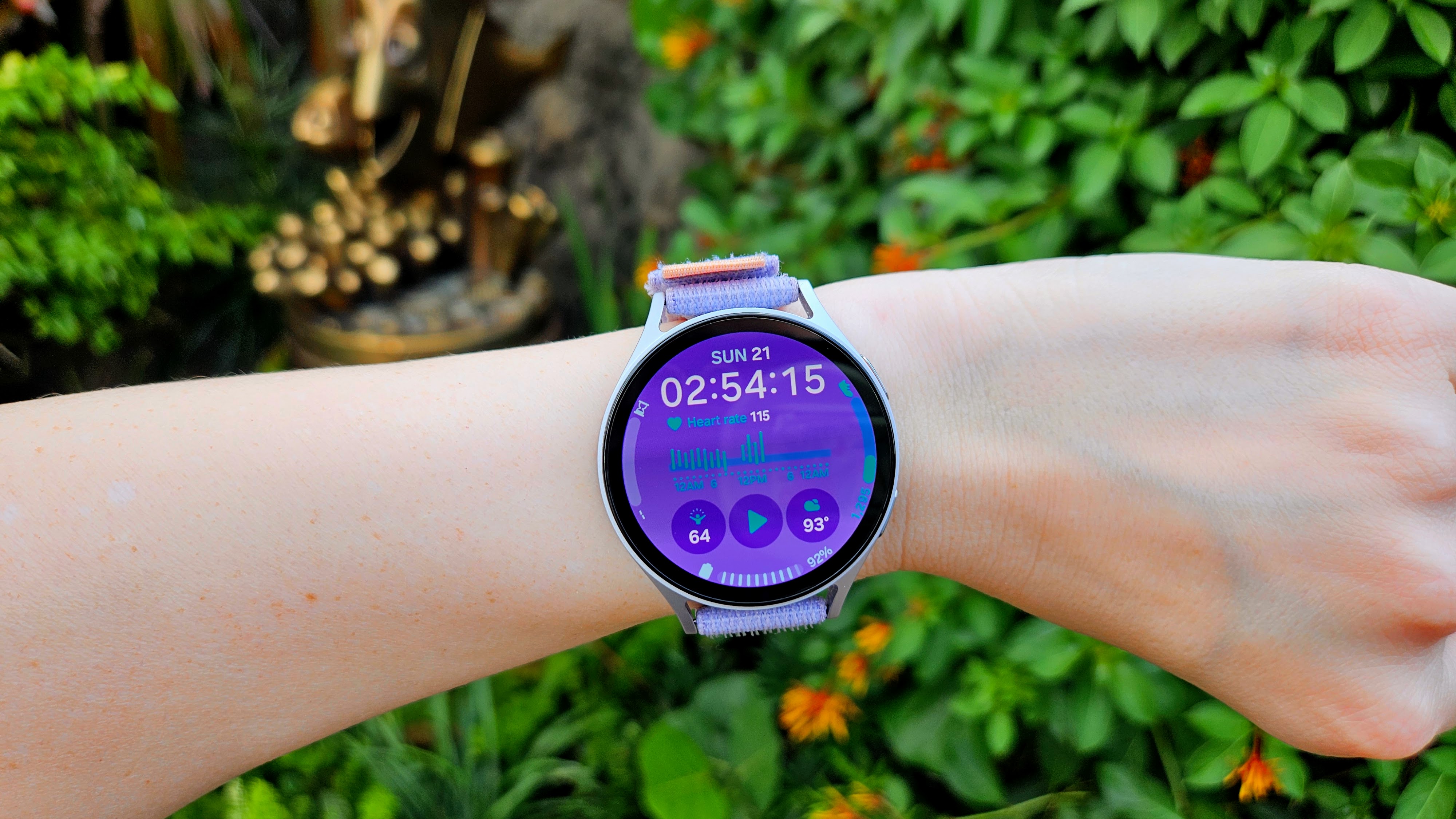
We're now on our fourth-generation Wear OS-powered Galaxy smartwatch, and by now, we all know what to expect: a bright screen, another smattering of Samsung Health expansions and watch faces, and some ineffably incremental hardware upgrades. I've now worn all four generations of these watches, and this is my third year reviewing the "regular" version of the Galaxy Watch du jour, which means it’s another year of playing Spot the Difference on expert mode.
On a spec sheet or a listing page, it's hard to see what justifies the Samsung Galaxy Watch 7's existence outside Samsung needing its upgrade. Even while taking the watch out and setting it up, it feels like a re-run, but wear it for a week, and you'll notice something wonderful. Or rather, you'll not notice something wonderful.
What you'll notice instead is a combination of gimmicky AI-powered health metrics and new gesture controls that aren't actually new but are nonetheless fun. Effortlessly stealing the Samsung Galaxy Watch 6's title as the best Android smartwatch you can buy today, let's dig into why you should buy — but probably not upgrade to — the Galaxy Watch 7.
Samsung Galaxy Watch 7 review: Specs, price and availability
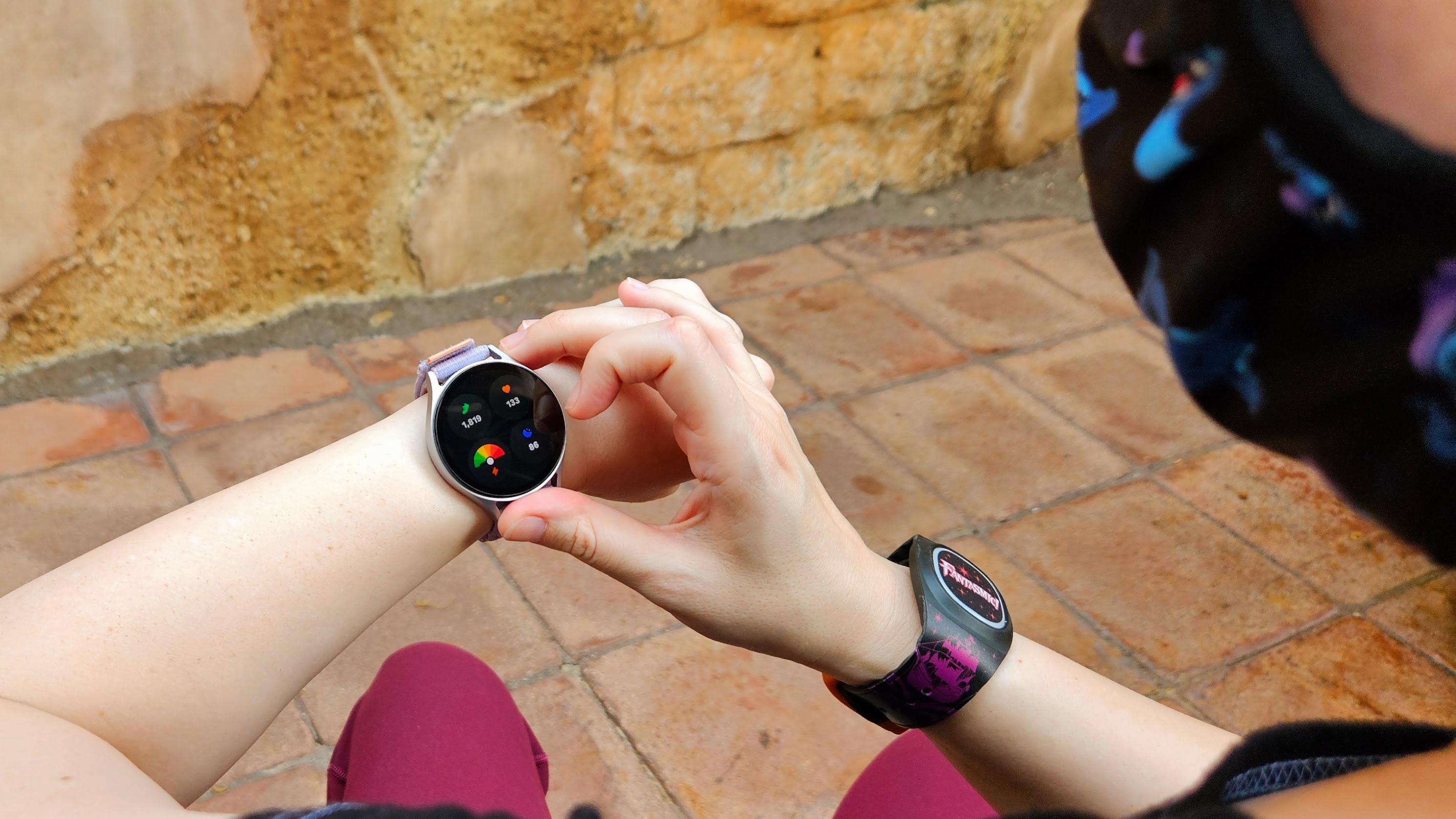
Samsung released the Galaxy Watch 7 on July 24, 2024 in two sizes: a $300 40mm model that comes in Cream (white gold) and Green (somewhere between Hunter Green and Moss Green) and a $330 44mm model available in Green and Silver. LTE models of the Galaxy Watch 7 are available for $350 (40mm) and $380 (44mm).
All sizes come with the Sport band that matches the color of the watch's housing, with a small blue accent on the left side and orange on the right. The 40mm comes with a S/M by default and the 44mm comes with a M/L by default, but if you buy the watch through Samsung, you have the option to customize it to a different band size/color.
Samsung Galaxy Watch 7 review: Design and display
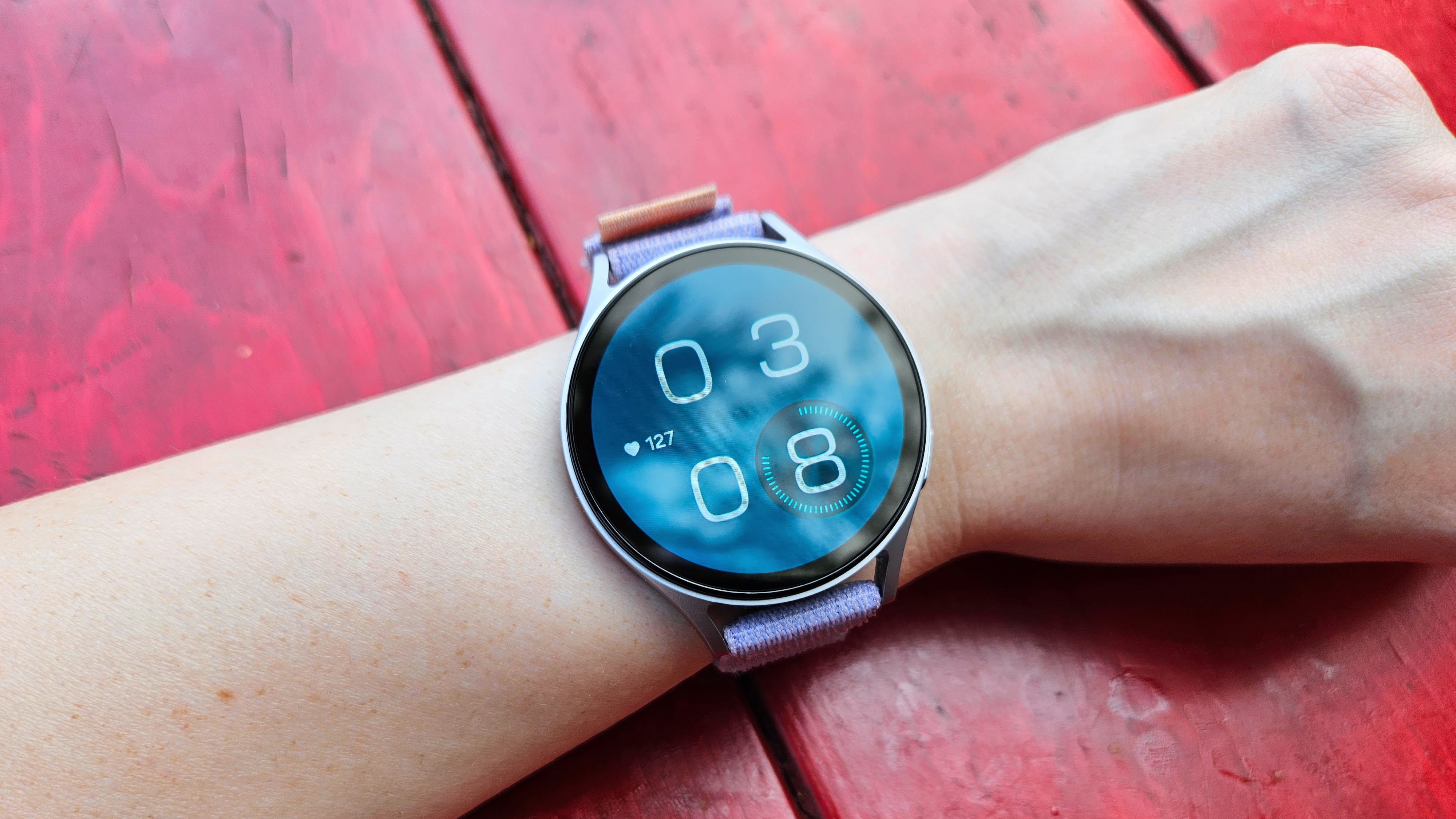
The Galaxy Watch 7 uses the exact same 1.3 and 1.5-inch 2,000-nit touchscreens as the Galaxy Watch 6, and it's just as bright, crisp, and perfectly easy to read in direct sunlight. After three years of wearing 40mm Galaxy Watches, the 44mm's screen has been a welcome little upgrade. It won't display more elements, but they become much easier to glance at, even the thin complications on a watch face, and the $30 upgrade to 44mm seems much more justifiable if it fits your wrist.
Sadly, my wrist is smaller than the lug-to-lug span of the 44mm Watch 7, so I needed watch bands that could immediately bend back to keep the watch securely in place on my arm. This made me unable to test the sculpted-at-the-lugs Sport band of the watch fully, but it's grippy without being sticky, and the notches help the band avoid slipping around your sweaty wrist in this miserable summer heat.
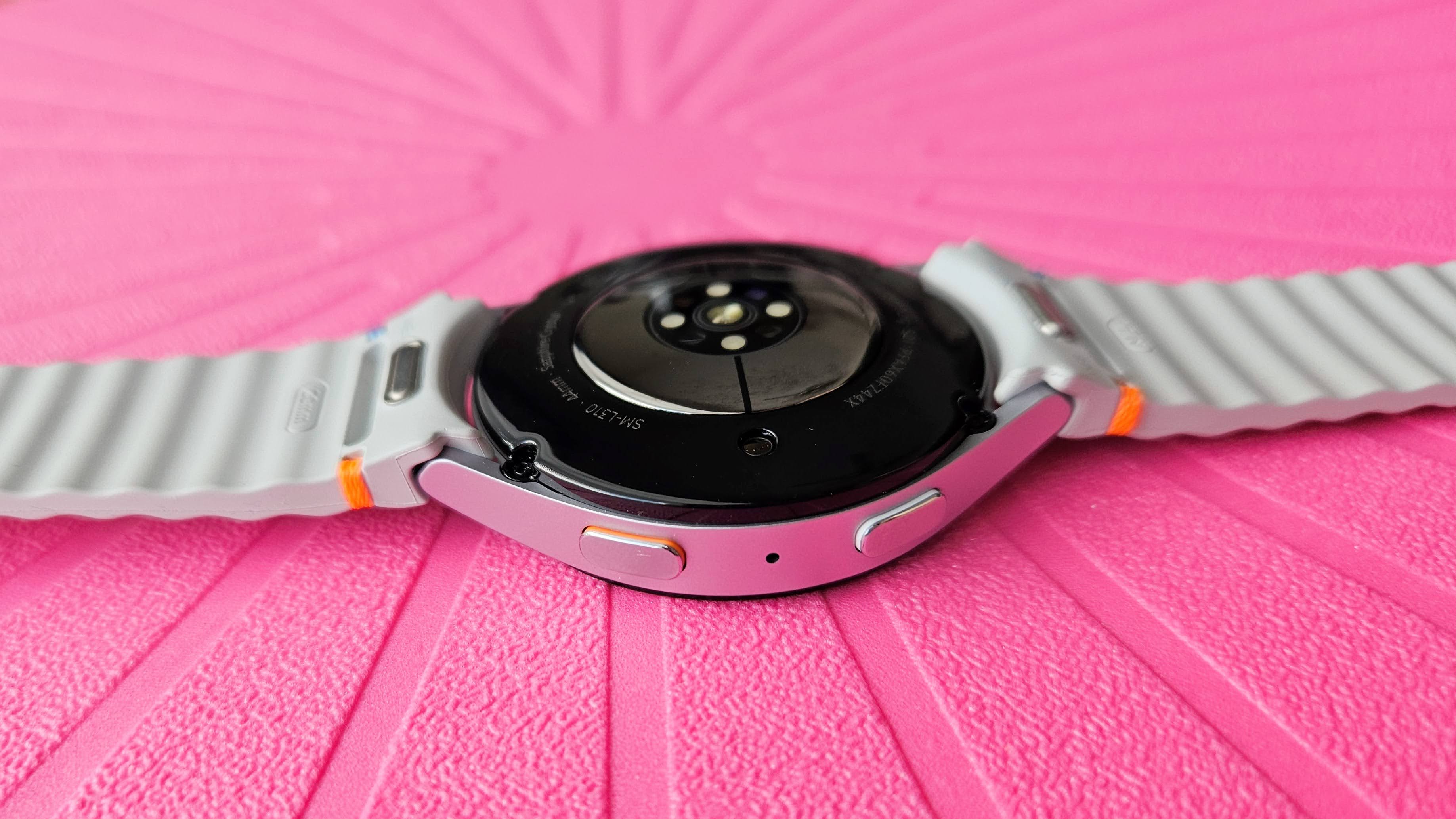
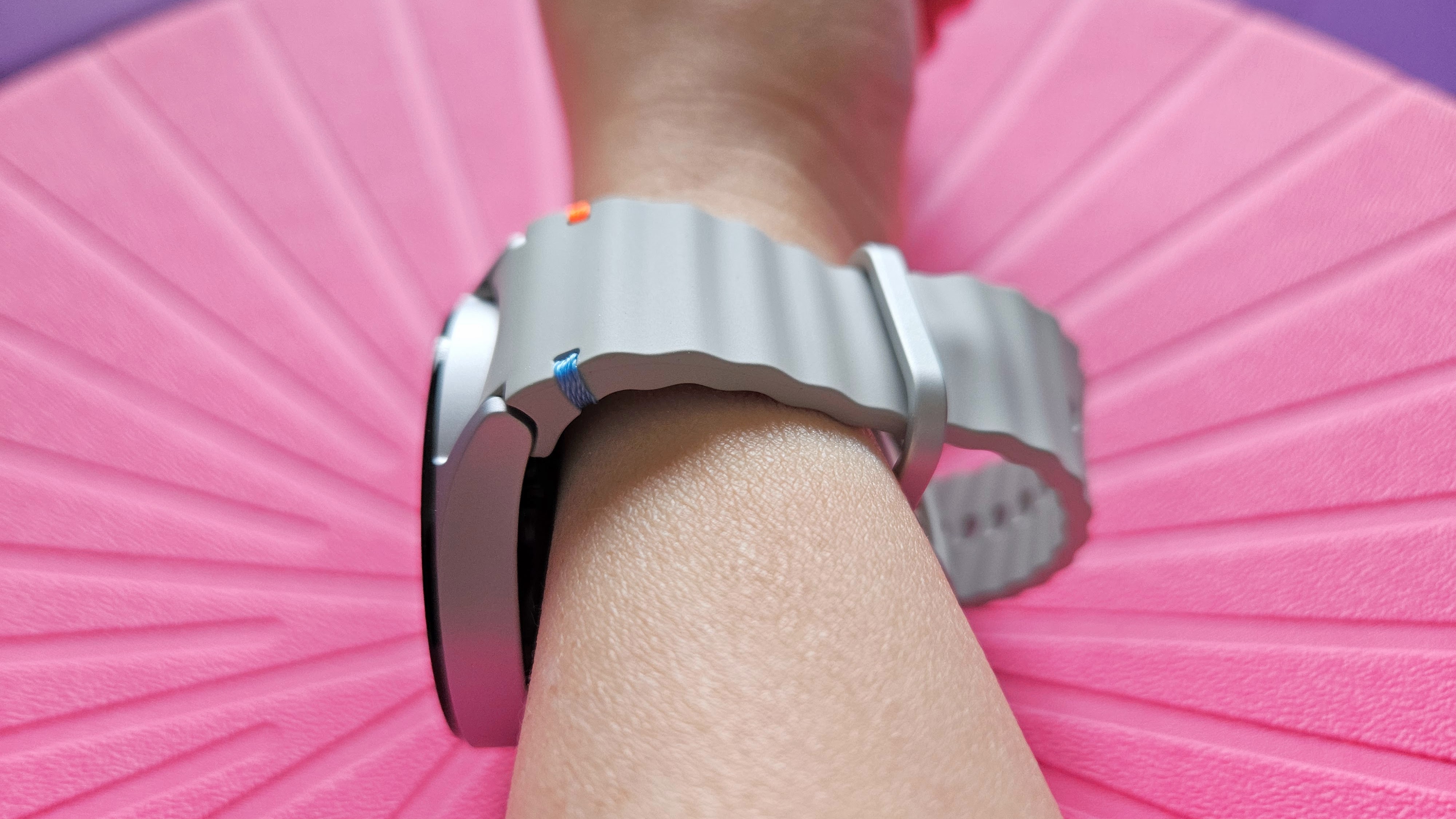
The blue-orange accents pop without being tacky, though I wish they were different colors for each colorway — and that the Watch 7's home button had a different rim color. The orange stands out better against the Watch 7's colorways compared to the red seen on previous watches, but orange doesn't go with everything as well as Samsung thinks.
Outside the new band styles, the only exterior difference to the Galaxy Watch 7 is the new BIA health sensor array. The dome of the array curves higher, making the watch sit higher on lanky wrists like mine, but for thicker wrists, you shouldn't notice much of a difference. We'll get into the improvements of the new sensors in a bit, but I do very much like the look of the dome and the new HR sensors. Not that you'll be looking at the bottom of your watch all that often, but the eight dots white feel cleaner than the grey, partially-clipped ring on previous generations.
Samsung Galaxy Watch 7 review: Software and performance
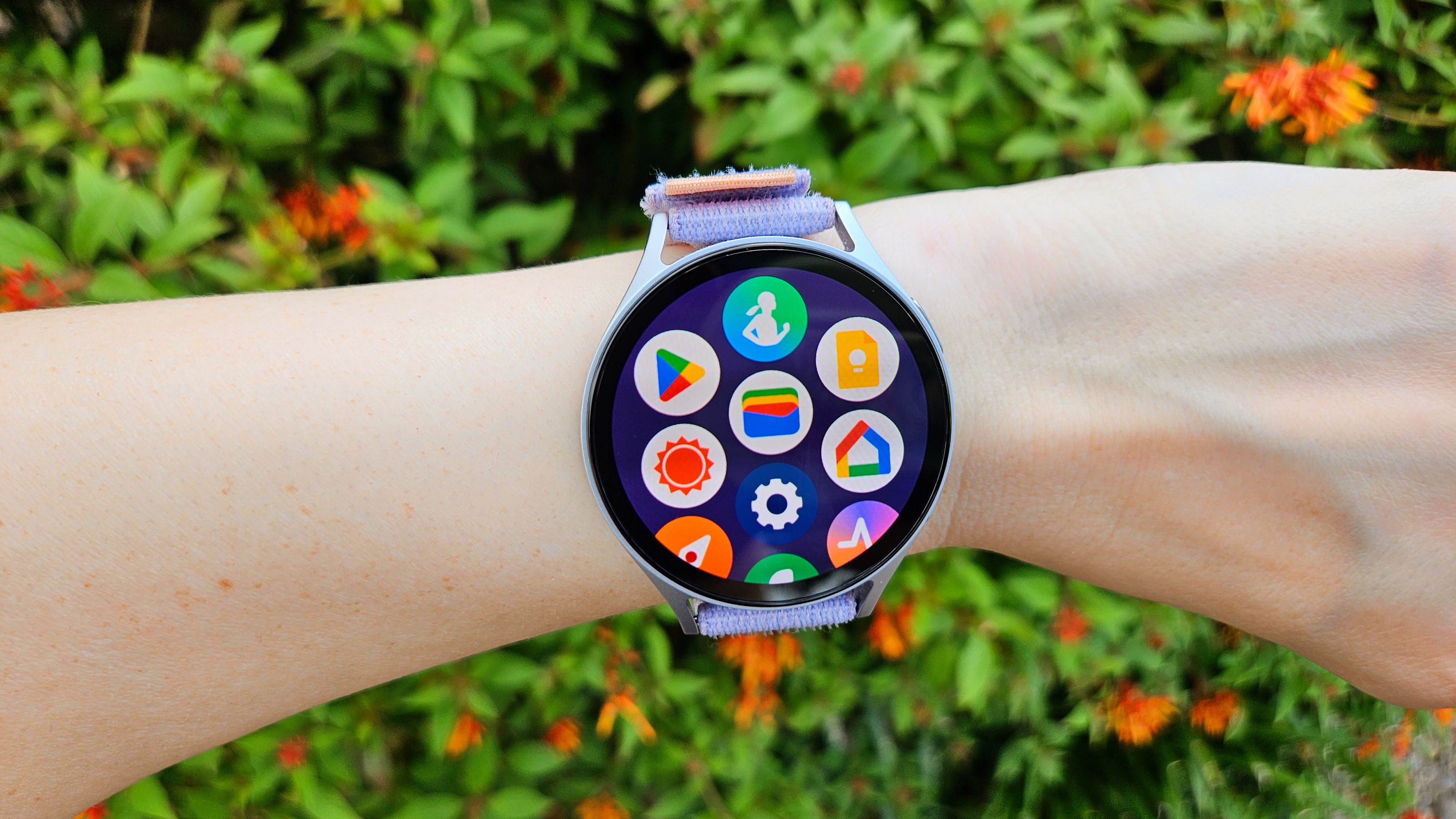
One UI 6 Watch, the version of Wear OS running here on the Galaxy Watch 7, will be coming to the Galaxy Watch 6, 5, and 4 series, but it gets to show off on the 7 first before rolling out everywhere else in the coming months. Most of the changes Wear OS 5 is bringing are under-the-hood, require updates from app developers, or both, but the most important feature on the Watch 7 isn't exclusive to the new OS; it's the expansion and surfacing of the Accessibility-based gesture controls with double-pinch and knock-knock shortcuts.
Double-pinch gestures are built into many apps and system tools, allowing you to quickly silence timers, turn off alarms, play/pause music, pause/restart workouts, and dismiss notifications. When two watch functions that can use double-pinch are open at the same time, it pops up a window to choose which one you wanted, but that takes away the point of doing it one-handed.
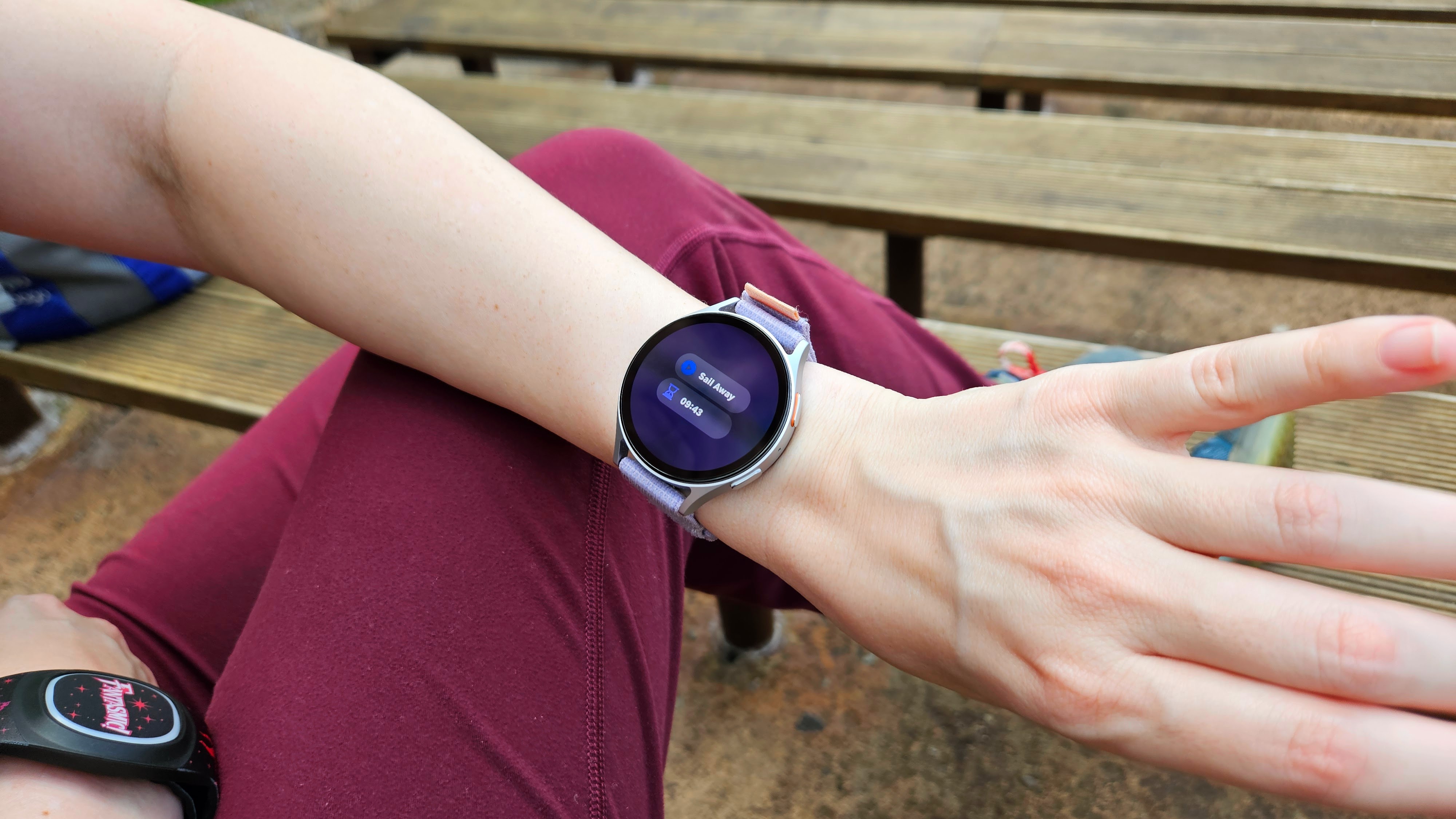
The knock-on shortcut hasn't gotten the play that the "zOMG, they copied the Apple Watch" pinch gestures, and it can admittedly do fewer things. It's just a shortcut, be it to your favorite app, workout style, or the flashlight. Yeah, I forget these watches have a flashlight, too, half the time, but boy, howdy does it come in handy. Granted, you have to twist your wrist up like some Power Ranger or Ben 10 wannabe to have it shine in front of you rather than to the side or straight up, but it's a hands-free flashlight without any verbal commands. The screen has to already be on, but that's what tilt-to-wake is for.
It's been great when it works, but admittedly it misses my pinches and knocks about 30% of the time. Whether that's a failure in the detection software, an issue stemming from how bony and thin my wrist is, or user error remains to be seen, but at most, I can suffer 3-5 seconds of pinching at midair like a shadow puppeteer to shut my watch up while I'm carrying something or typing away like a madwoman.
Samsung proclaimed the Exynos W1000 as almost 3x faster than the Galaxy Watch 6, but I'm not seeing it. Don't get me wrong, this is the zippiest smartwatch I've ever used, but it's not magnitudes faster, at least during everyday activities. That extra speed likely comes in handy more during offline GPS-tracked workouts and other intensive workout styles, but in the day-to-day, it's faster, but not noticeably.
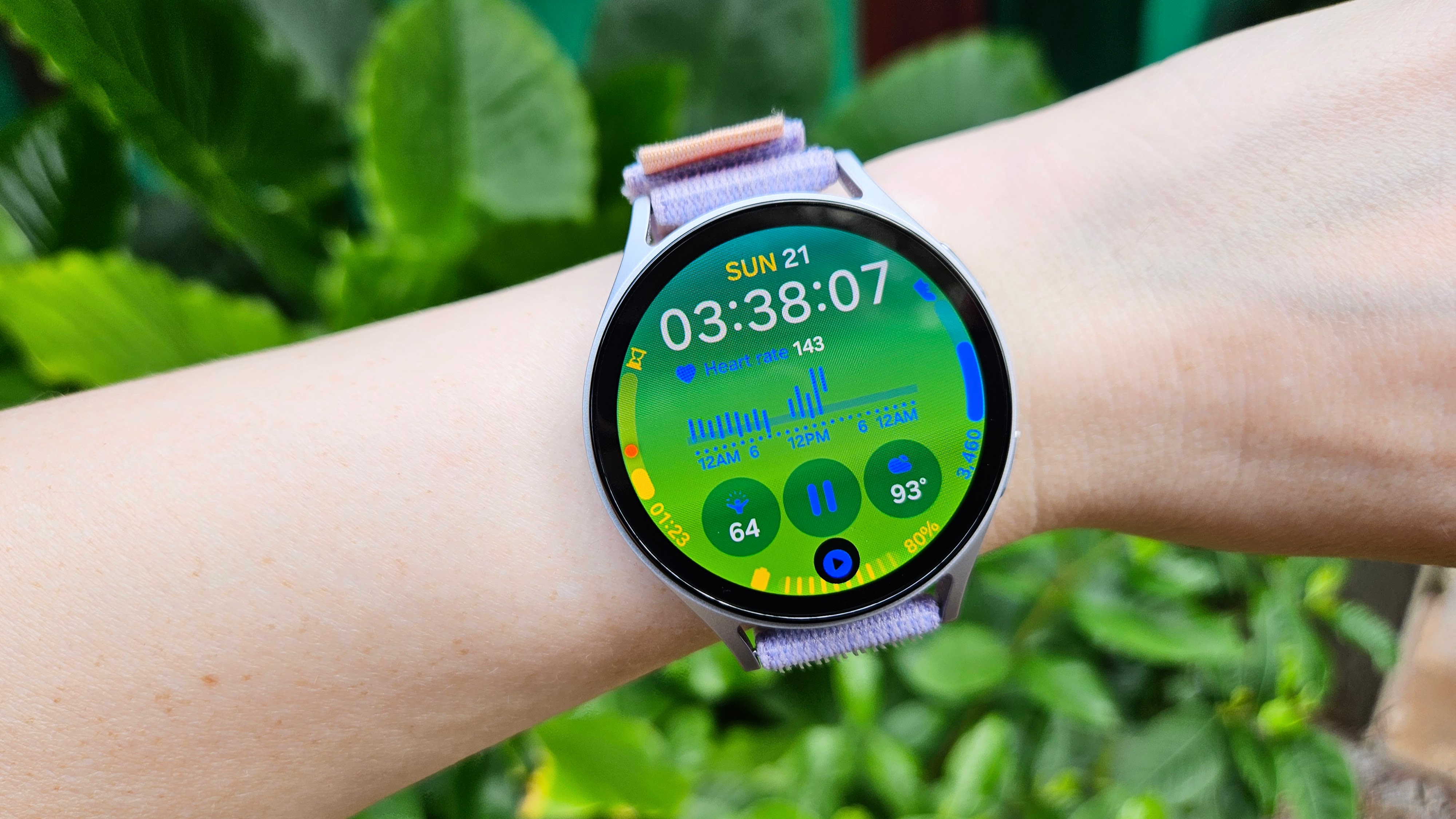

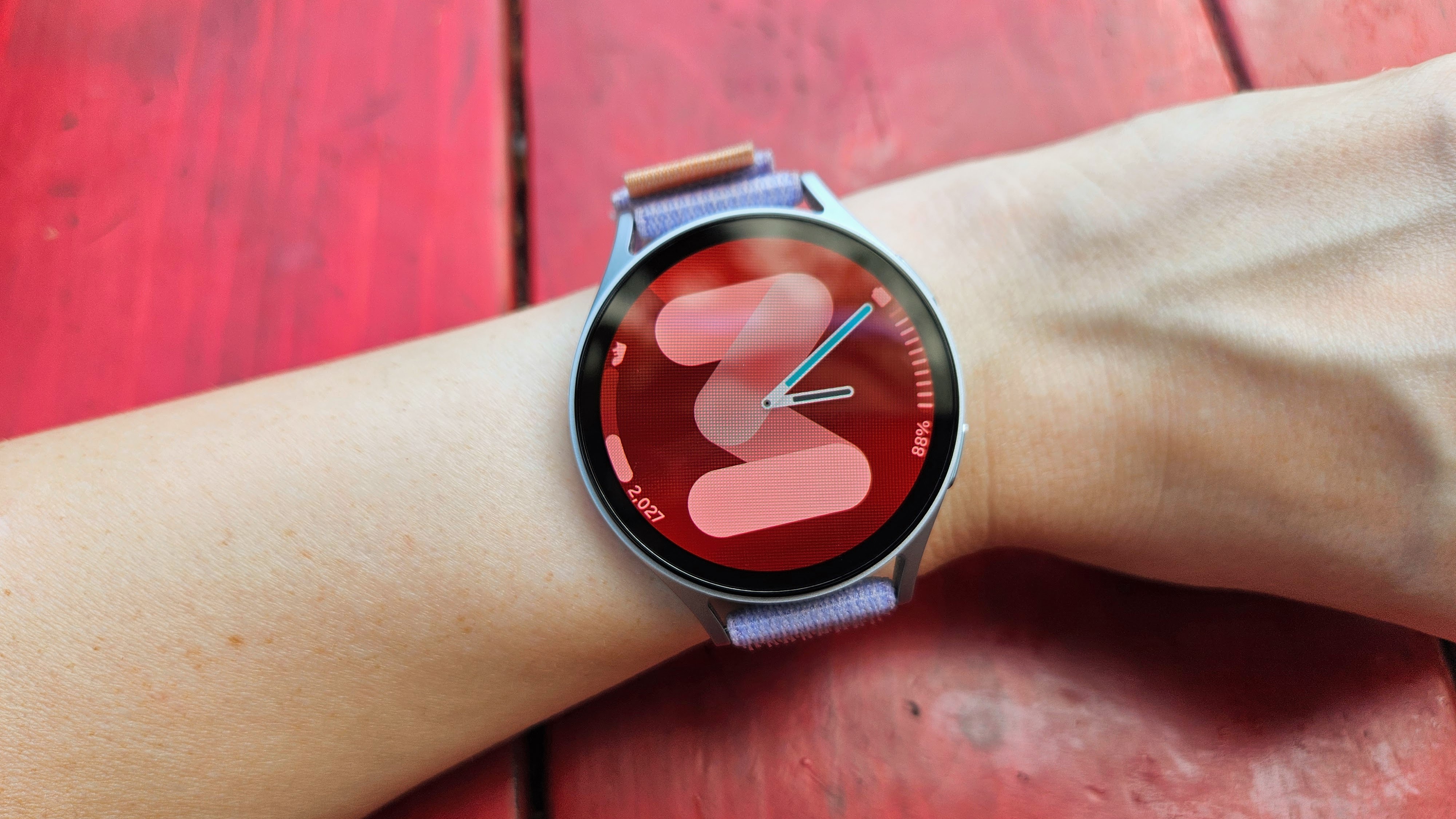
A new generation of Galaxy Watch means new watch faces, and Samsung's new Ultra Info Board watch face allows us a peek into the future of Wear OS 5's Flavors. Flavors allow developers to make presets within their watch faces with different styles and even different preset complications. Among the various flavors of the Ultra Info Board, we have swimming, hiking, and running alongside the overall health version. I'm hoping Samsung will allow us to save personally edited Flavors among the presets one day, but it's a useful little expansion with huge implications for watch face developers.
The other two new watch faces are… okay? Simple Digital is a little too simple, in my opinion, and while Spatial Number is definitely distinctive, it feels awkward to have a balloon-ish numeral for the hour, analog hands for hours and minutes, and then a background gradient sweeper for seconds. Pick a lane, Samsung.
Samsung Galaxy Watch 7 review: Health tracking and fitness
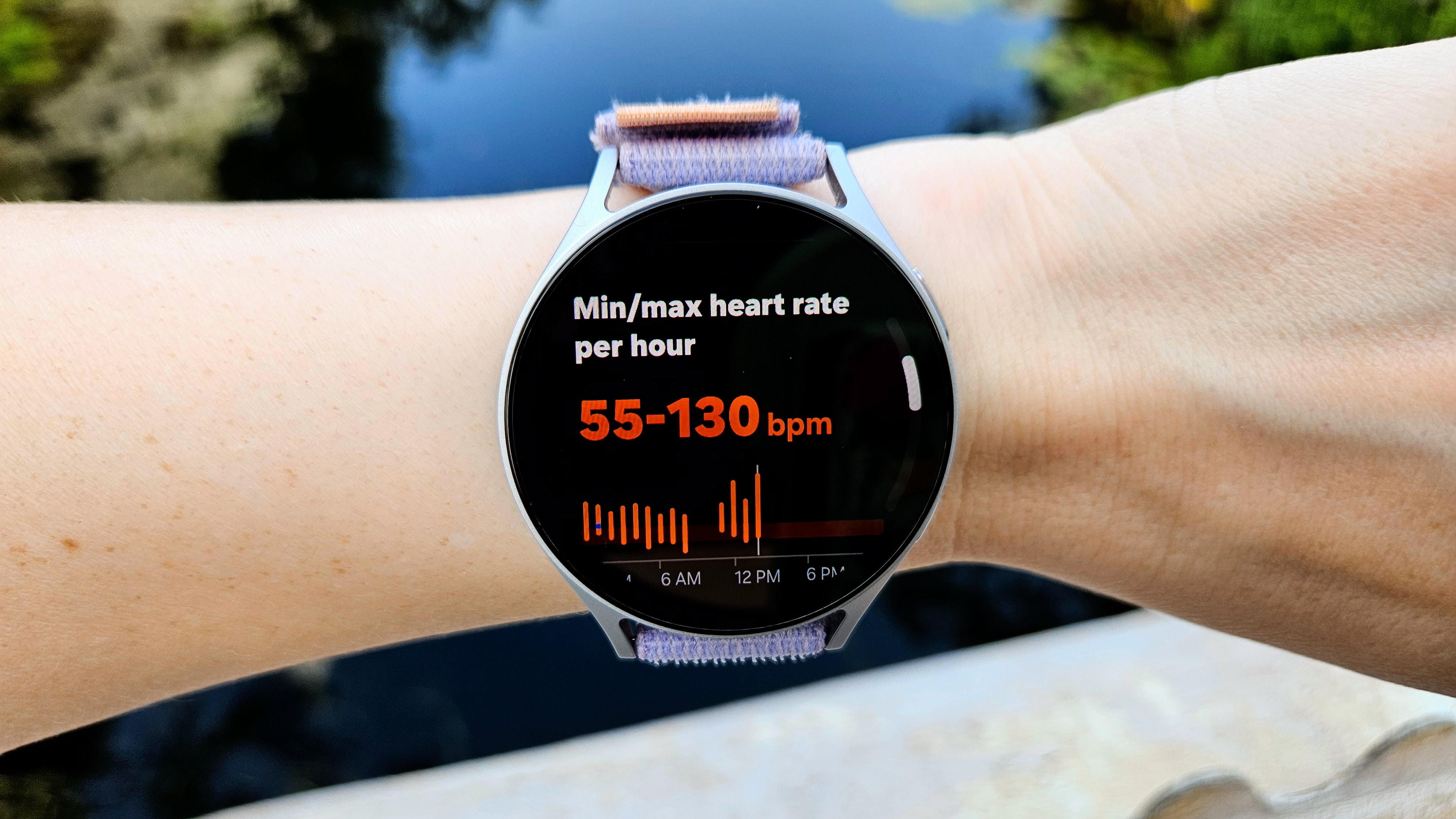
The highlight of the Watch 7's hardware upgrades its new health sensor array, multiplying the LEDs that track heart rate and blood oxygen to help improve tracking accuracy during high-intensity workouts. The readings feel more responsive than previous generations, but I've had fewer workouts so far than previous watches because the same day my Watch 7 arrived, COVID symptoms began to flood my sinuses and suck out my energy like a cartoon vampire.
The beauty of being exhausted from the moment you wake up is you get to really work out the sleep tracking and the new Galaxy AI-powered Energy score. The sleep coaching has been very hands-off this time around, but the tracking itself has been quite good. Blood oxygen readings have way fewer holes in them than on my Watch 6, and both the temperature and heart rate charts are less prone to sudden dropouts or spikes.
Sleep tracking on the Watch 7 includes your average respiratory rate, even if you don't have the fancy sleep apnea testing running from Samsung Health Monitor. Yes, the sleep apnea tracking is exclusive to Samsung Galaxy phones, just like the electrocardiogram ECG readings have been since the Galaxy Watch 4 days. Yes, I'm still mad about it; if you pay $300 for a watch that advertises sleep apnea tracking or irregular heartbeat detection, you shouldn't have to spend another $300-$1300 on a Galaxy phone to actually use it.
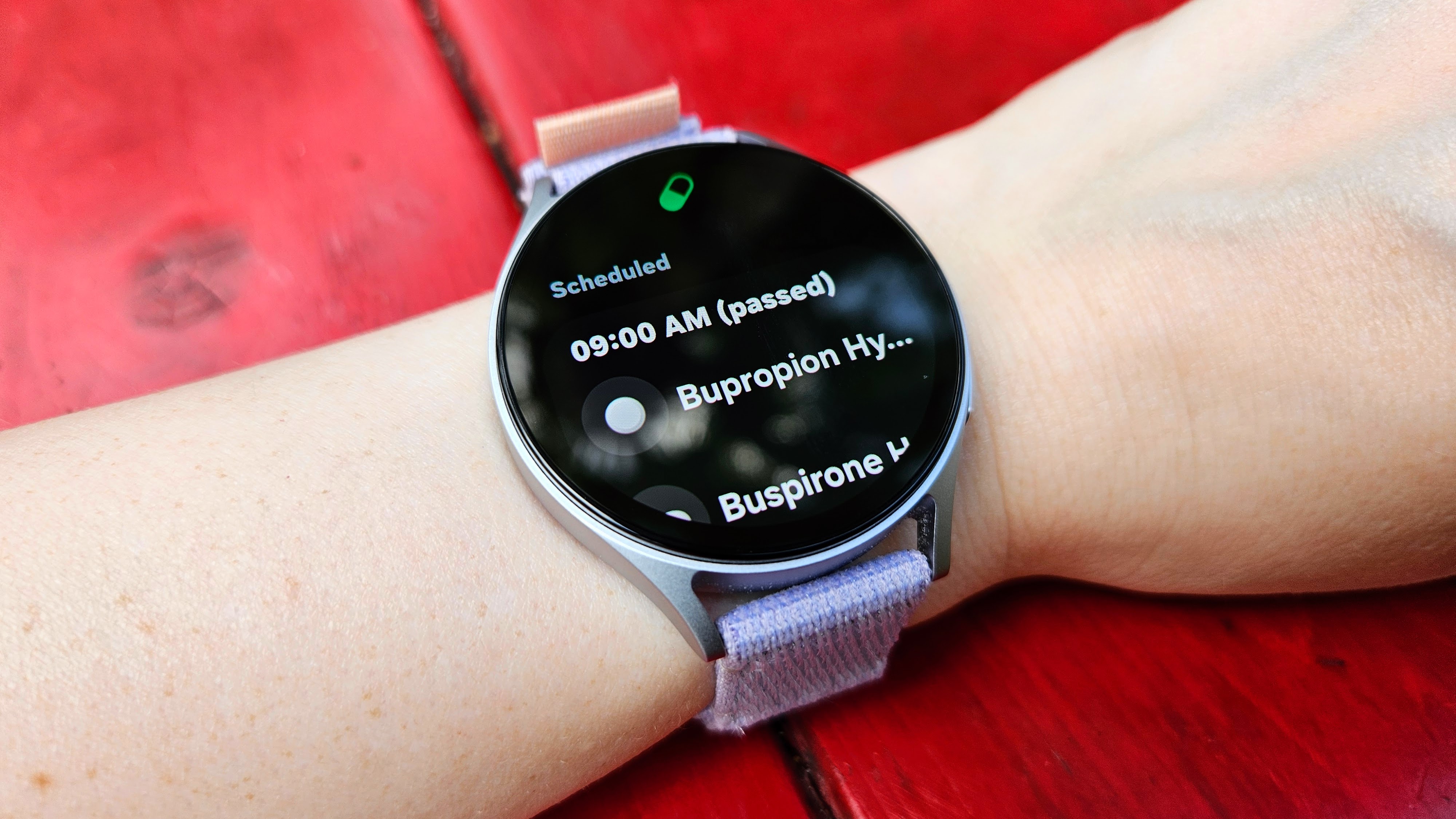
Although it's not specific to the watch, I'm grateful for Samsung's Medications minder. You can scan the bottles to put each type in the list rather than having to type out the name — though most of my prescription meds were easy enough to find via autocomplete — set reminders for meds at certain times of day, and even look at possible drug interactions you might not have known about.
Look forward to more in this space as I finish my COVID recovery and fully put the workout tracking — and the new dual-band GPS — of the Watch 7 through its paces. So far, though, it and Samsung Health work quite well without always throwing themselves in my face like some other watches do. And Samsung remains one of the only smart watches that doesn't eventually need a fitness subscription.
Samsung Galaxy Watch 7 review: Battery and charging
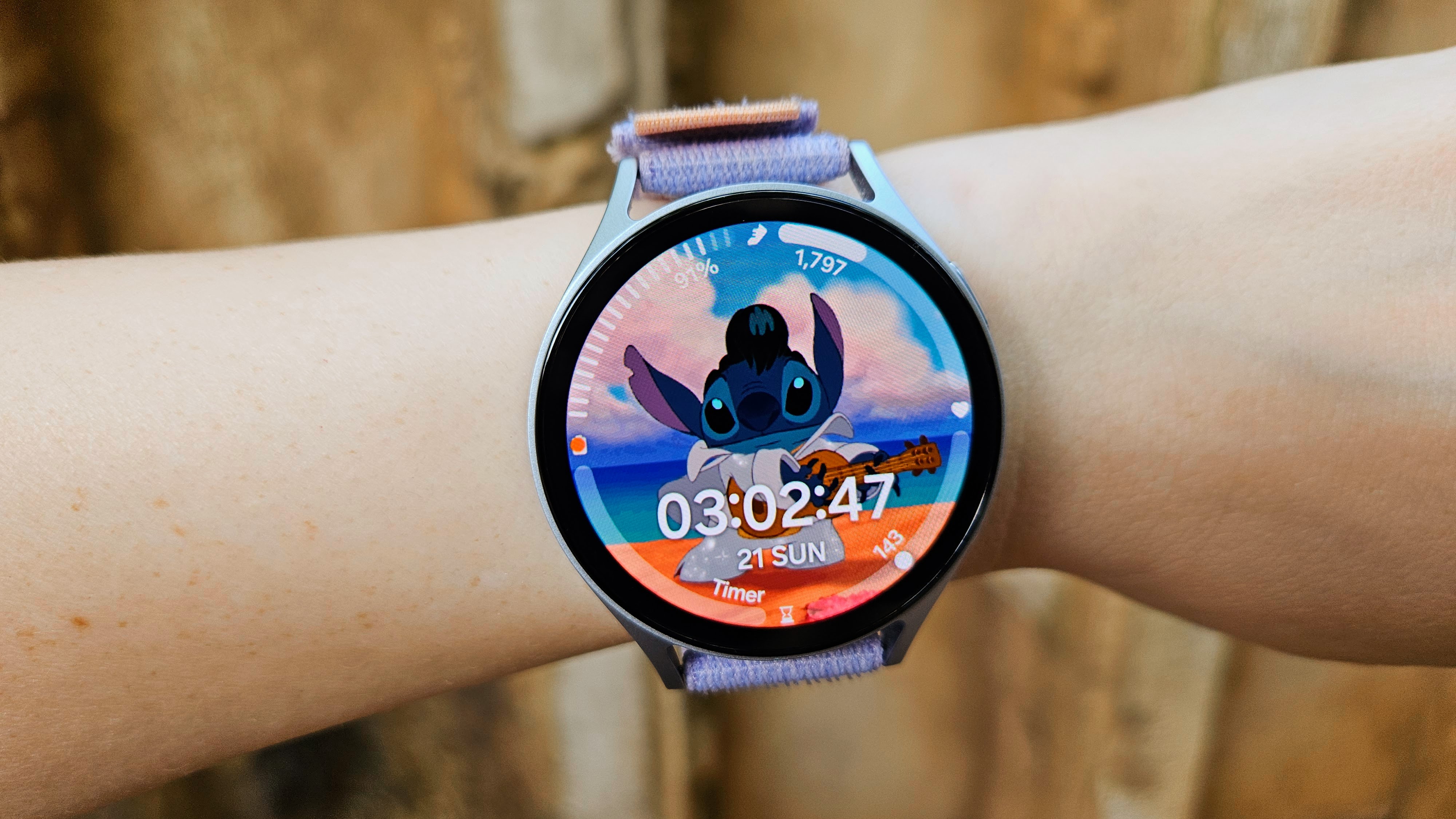
Battery life varies widely on a smartwatch — especially once you take it outside or undertake any lengthy workouts — so here were my testing factors. This is my first 44mm Galaxy Watch — my 4, 5, and 6 were all 40mm to better fit my small wrist — and I switched off between two watch faces: the new Ultra Info Board watch face with a static background) and Photos with animated gif backgrounds. Google Assistant was turned on but hotword detection was not enabled.
While the performance upgrade of the Exynos W1000 seemed negligible, its improved efficiency helps the batter shine despite being the same size as its predecessor. With AOD (always-on display) disabled, continuous HR tracking, and overnight sleep tracking, the Galaxy Watch 7 lasted two days on my wrist before needing a charger on days I did not work out. On outdoor-heavy days and when I could manage a light workout, the battery life dropped to 33-36 hours.
Overall, battery life is a bit better, but the charging experience suffers from the Galaxy Watch 7's only design change. The new heart rate sensor and curvature of the health sensor array push the charging coils just a few millimeters further away when it sits on a flat charging pad — namely, a Galaxy S smartphone with reverse wireless charging like the Galaxy S24 Ultra — breaking the best backup charger a smartwatch could ask for.
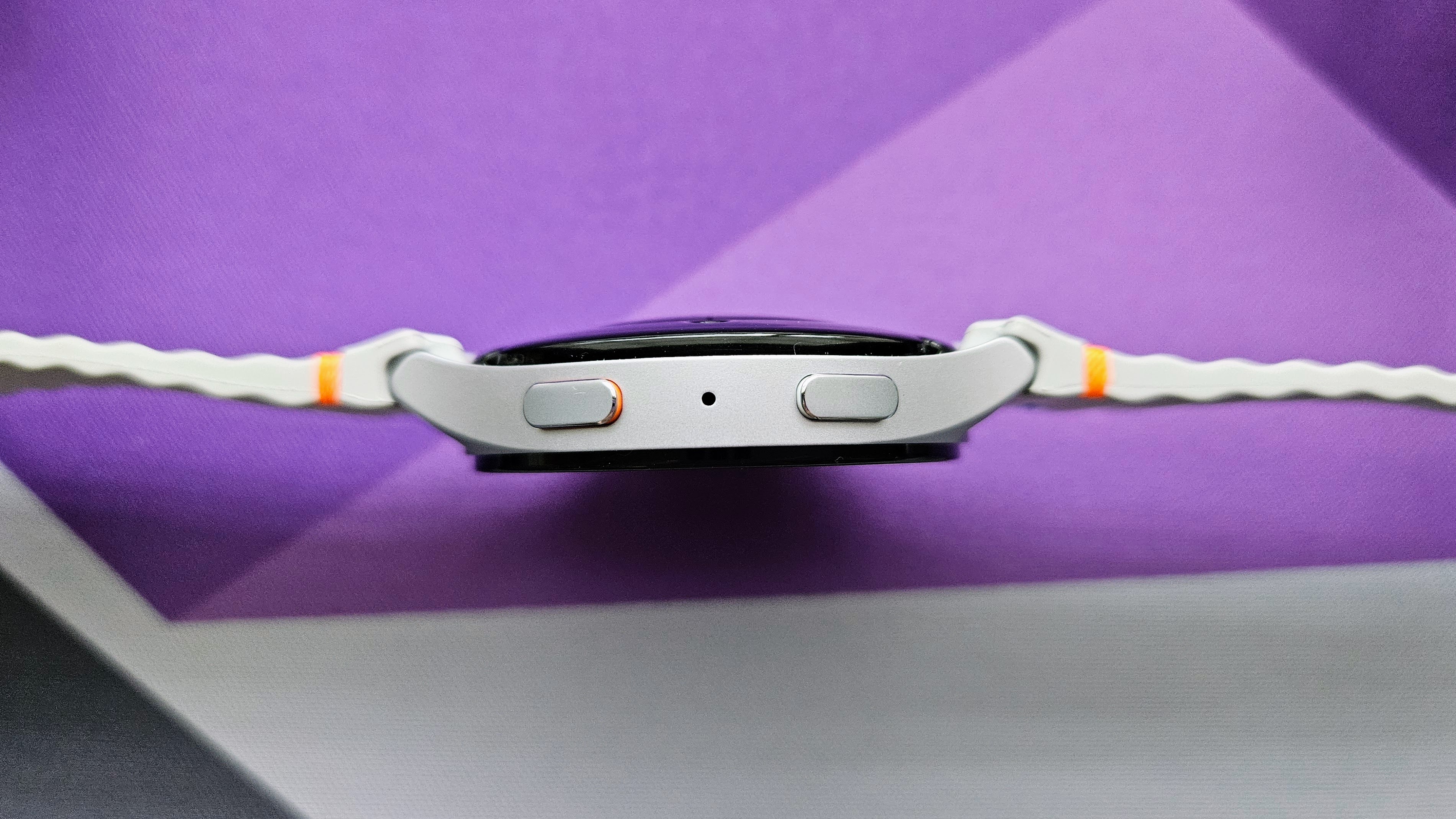
Samsung calls it Wireless PowerShare; you'd turn it on, set your phone down face-down, and set your Galaxy Watch on top of it face-up. Provided your watch band wasn't too inflexibly curved, the watch could then recharge itself off your phone's battery, giving you enough juice to last a few more hours until you get home. This is no longer an option, meaning that if you lose or break your charger, you'll have to go buy another charging puck. This isn't the end of the world by any means, but it's a small bummer worth mentioning for the forgetful folks out there who might've relied on this feature.
Also, if you have a cutesy little stand that your current Galaxy Watch charger is settled into, it might not quite sit properly with the Galaxy Watch 7's charger and its deeper profile. (Farewell, sweet TPU camera stand; I'll miss you.) I have confirmed that the Watch 7 will charge on the Watch 6 charger, though, so at least you can keep your old one if you upgrade.
Although, if you own a Galaxy Watch 6, there's no real reason to do that.
Samsung Galaxy Watch 7 review: Competition
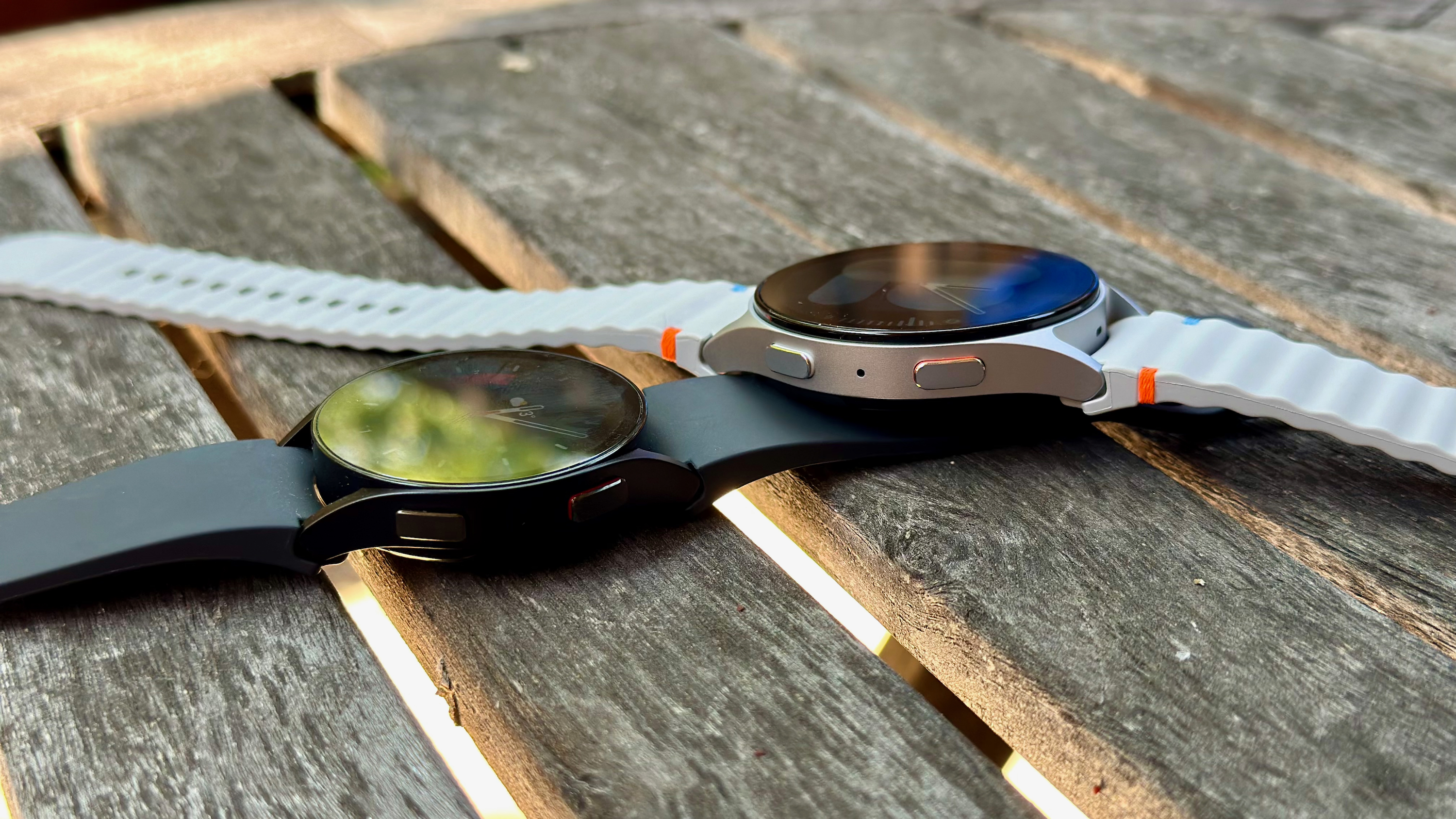
The biggest obstacle for Samsung's newest watch isn't the hardware or the software: it's the utter lack of reason to upgrade to it. If you're still rocking a Galaxy Watch 4, then yes, your time has come — assuming your battery even held out this long — but even the jump from Galaxy Watch 5 to 7 seems superfluous unless you've had poor results with the ECG or heart rate sensor on it. Even then, the ECG readings are only marginally improved, at least for my fingers and heart or just have to have a 2,000 nit screen instead of a 2,000 mAh one.
As for the Galaxy Watch 6, the only real change is the heart rate sensor, and that sensor array is a double-edged sword: it improves heart rate tracking, especially during workouts, but it also makes the watch thicker, sitting slightly higher on your wrist. Wear OS 5 should be arriving on the Galaxy Watch 6 in weeks, so just sit tight, save your money, and maybe buy a new watch band instead to make it feel new.
There's also the $200 Galaxy Watch FE if you're looking for almost the same features for two-thirds of the price. However, you'll still be stuck with the older processor and chunkier bezels on the screen.
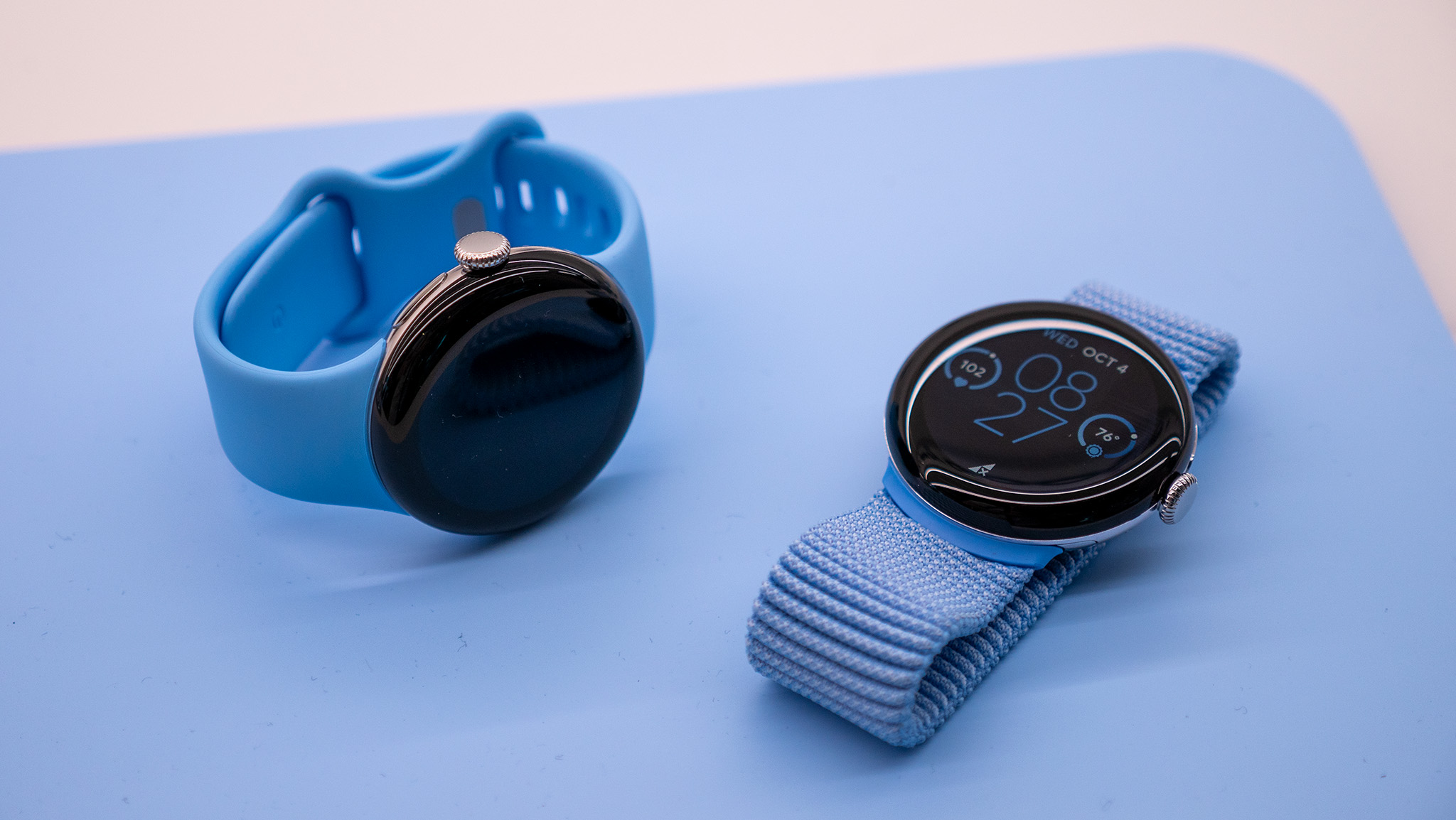
The Galaxy Watch 7 at $300/$330 and this high build quality and software consistency help it easily hold its own against most current Wear OS watches on the market. Granted, the Google Pixel Watch 2 still looks slightly prettier with the recessed bands and the rounded design, but those bands are proprietary, it's more expensive, and after six months, you'll need to pay for Fitbit Premium for a number of the fitness metrics.
I'll need time to fully test the workout and GPS tracking with the Watch 7 before claiming it a Garmin-killer, but Samsung's more focused on smarts while Garmin's 100% focused on fitness, so that decision is going to come down to how well you can live without Samsung or Google's apps and services on your watch.
Samsung Galaxy Watch 7 review: Should you buy one?
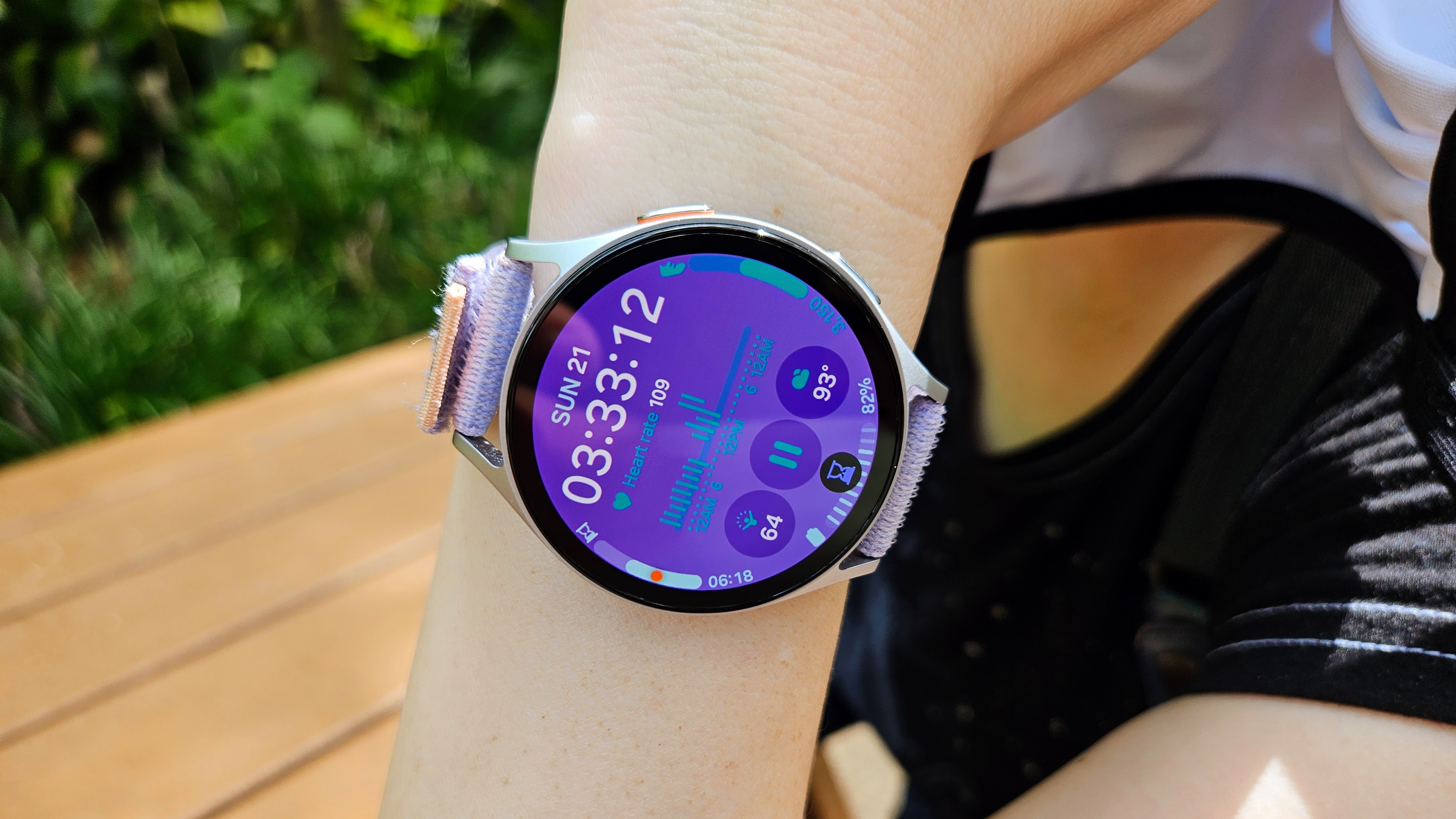
You should buy the Galaxy Watch 7 if...
- You are new to smartwatches and want the most consistent experience without being forced into a subscription.
- You've had issues with past Galaxy Watches not tracking you properly and are ready to give it another try.
- You're already invested in Google and/or Samsung's ecosystem and want a watch that integrates with them.
- You want a smartwatch that doesn't require a subscription.
You shouldn't buy the Galaxy Watch 7 if...
- You already own a Samsung Galaxy Watch 5 or 6.
- You absolutely, positively have to have all the bells and whistles of the latest model. (If you do, you'll want to go look at the Galaxy Watch Ultra.)
- You prefer a more flashy or weighty watch on your wrist.
Samsung's insistence on Galaxy AI's greatness and trendy features hides the core tracking and performance boost given by Wear OS 5, a new processor, and the upgraded health sensors. And I'm okay with Samsung focusing on the tangible here, especially when the proof of these upgrades is not having lag or tracking inaccuracies. After all, if Samsung's done its job right, you'll think Samsung hasn't done anything at all and that the Galaxy Watch has always been this smooth and stable.
When this mix of flashy and understated adds up to a snappy smartwatch with a bright screen, the decked-out feature toolbox of One UI 6 Watch, and almost 2 days of battery life, it's easy to recommend the Galaxy Watch 7 to new smartwatch buyers and older ones looking to get back in the game. We may not have the fancy new watch band system or overhauled design that the Galaxy Watch Ultra does, but it's half the price and half the weight. (And it still uses standard 20mm bands, so you're not stuck with expensive, proprietary watch bands.)
I'd heavily suggest trading in an old smartwatch to knock the price for however long Samsung is offering "any smartwatch, any condition" $100 trade-in, which makes this a $200 watch and a no-brainer upgrade for anyone who can dig that old LG Watch or Pebble out of your junk drawer. But even if you have to buy at list price, the Samsung Galaxy Watch 7 earns its keep better than any other sub-$500 watch on the Android stage.
Don't sleep on this upgrade
The Galaxy Watch 7 may not look any different, but it's got the upgrades where they count, solving sensor wonk of years past and tightening up an already smooth system. The expansion of gesture controls helps this watch feel like something new after two years of minor updates and like it truly deserves its throne atop the Android smartwatch mountain.







